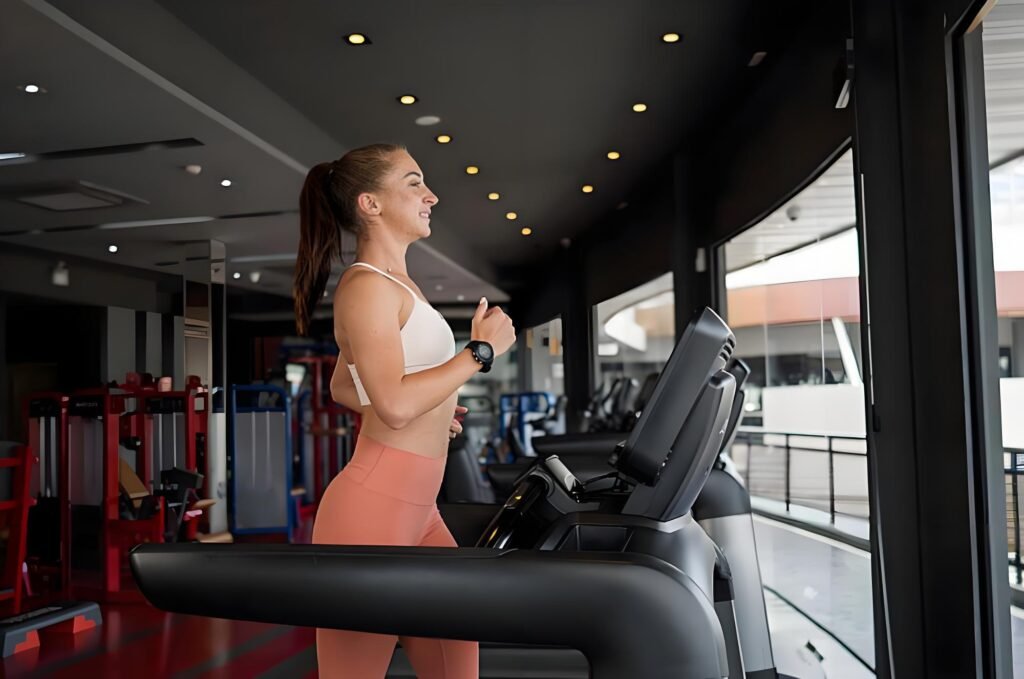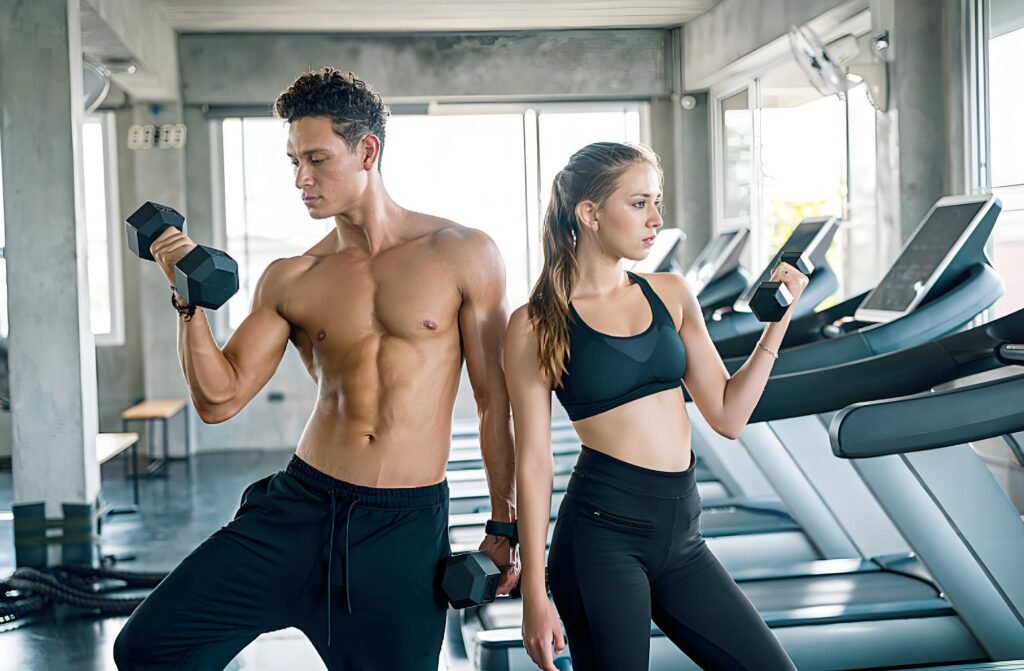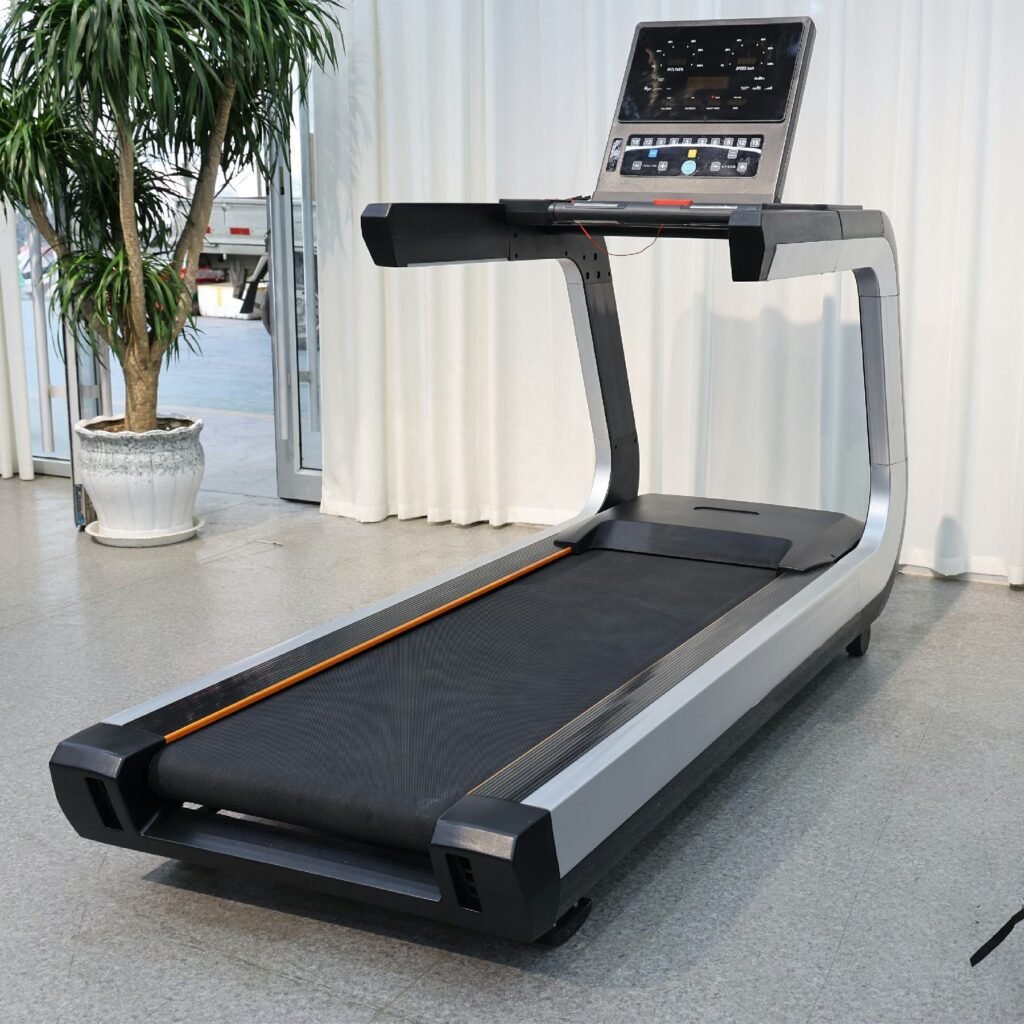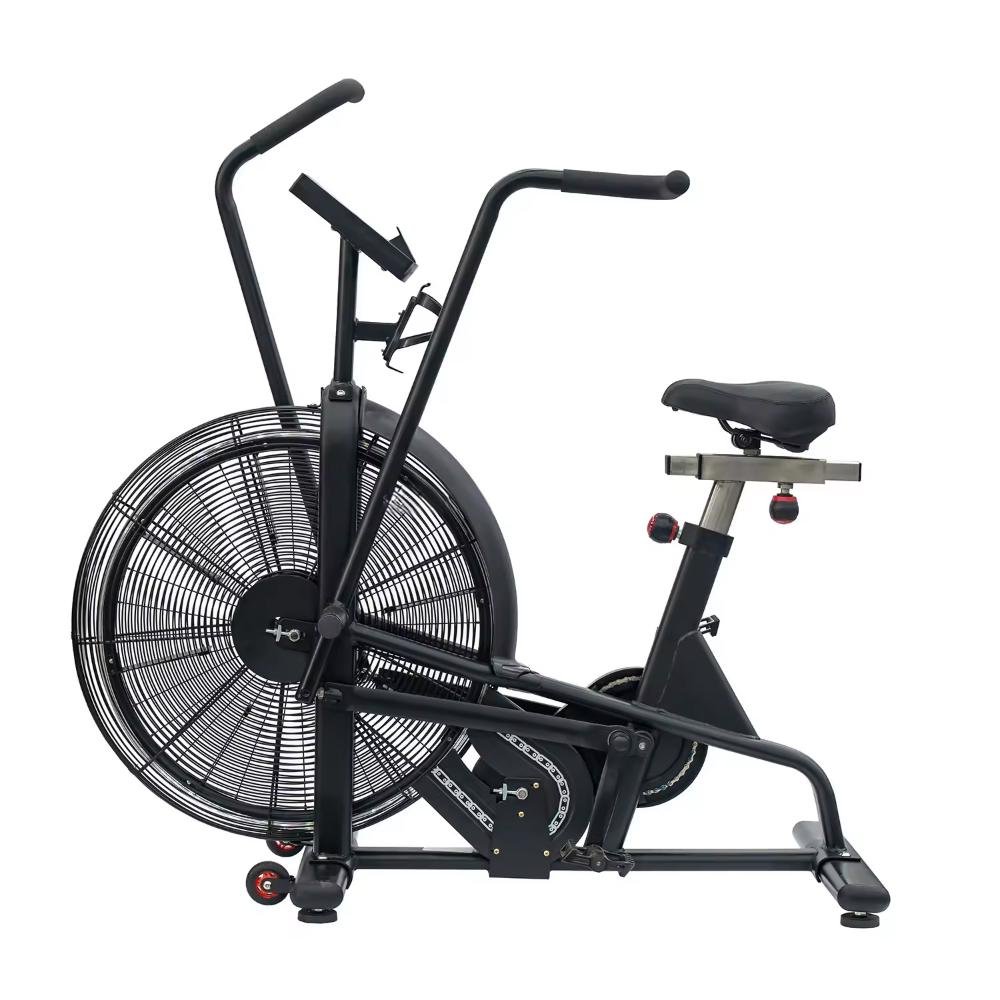When it comes to “fitness,” many beginners often think of sweat, hardcore equipment, or the high barrier of “muscle building.” These are all misunderstandings. Fitness is essentially a process of improving physical function, posture, and mental state through scientific exercise and habits. It’s universally recognized, regardless of gender or age, and it’s not limited to just lifting weights.
But for beginners, “not knowing where to start” and “fear of injury from using the wrong equipment” are common concerns. This article will start with the basics of fitness, break down the beginner’s entry steps, and then guide you through choosing the right equipment for you. This will help you embark on your fitness journey with minimal effort and avoid blind attempts and potential pitfalls.

What is fitness?
When it comes to fitness, many people first think of the hardcore gym equipment, sweaty workouts, or the “standard answers” to muscular tones. However, these are only part of the equation.
True fitness is the process of continuously improving your physical function, posture, and mental state through scientific, regular exercise and healthy habits. It’s irrelevant to gender, age, or goals. It can be improving back pain from prolonged sitting through stretching and core training to enhance stability; it can be boosting energy through aerobic exercises like jogging and skipping rope; or even just 10 minutes of daily bodyweight exercises at home—as long as it helps you feel more comfortable and active, it all falls under the umbrella of fitness.
In short, fitness isn’t a task to “achieve a certain standard,” but a long-term practice that you embark on to achieve a healthier life.

How can a fitness novice get started?
The key for beginners in fitness is to avoid blindly pursuing high-intensity training.
First, set low goals, such as exercising three times a week for 30 minutes each time, to allow your body to adapt to the rhythm and avoid giving up due to fatigue. Secondly, choose simple exercises, prioritizing those without or with minimal equipment, such as brisk walking, jogging, bodyweight squats, and planks. These movements are easy to master, less prone to injury, and can help cultivate exercise habits.
Finally, don’t neglect basic preparation. Spend five minutes warming up before exercise to avoid muscle strain. Stretch and relax immediately after exercise to relieve soreness. Don’t worry about whether your training is professional enough when you’re just getting started; maintaining a consistent exercise schedule and finding a comfortable rhythm for your body are the first steps to success.

How does a fitness novice choose the right equipment?
New fitness enthusiasts shouldn’t blindly follow trends when choosing equipment. Choosing the right product based on your needs and specific scenarios will make it easier to stick with your workouts.
For home cardio workouts, Gettinglong’s non-powered treadmills are a great choice. They require no electricity, are easy to maintain, and offer a natural running experience. With a maximum weight capacity of 120kg, they’re suitable for most people. For low-impact exercise, the CA-E04 elliptical trainer or the water resistance rowing machine are suitable. The former is quiet and takes up very little space, while the latter, with its solid wood frame, can target 80% of the body’s muscles and can also serve as a decorative feature. For strength training, the Hammer Insert series’ seated chest press and seated shoulder press are user-friendly. Their fixed motion path standardizes movement, reduces injury risk, and accommodates diverse training needs. Accessories like dumbbells and yoga mats are also available for integration. The company also supports customization, meeting the diverse needs of beginners.

conclusion
Fitness is never a one-shot challenge; it’s a gradual, ongoing process. For beginners, understanding the core of fitness is “improving yourself,” taking the first step with simple steps, and finally choosing the right equipment will already be a win for the 90% of people who hesitate.
Don’t worry about whether you’re doing it well enough at first, nor do you need to pursue immediate results. Stick to a scientific approach and gradually integrate fitness into your daily life. You’ll gradually notice positive changes in your body and energy. From today on, transforming “wanting to work out” into “actually working out” is the best way to start.

